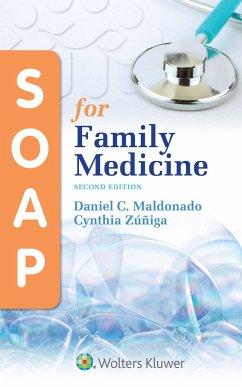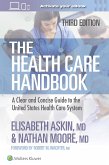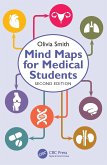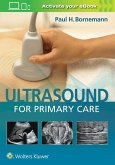Offering step-by-step guidance on how to properly document patient care, this updated Second Edition presents 90 of the most common clinical problems encountered on the wards and clinics in an easy-to-read, two-page layout using the familiar "SOAP" note format. Emphasizing the patient's clinical problem, not the diagnosis, this pocket-sized quick reference teaches both clinical reasoning and documentation skills and is ideal for use by medical students, Pas, and NPs during the Family Medicine rotation.* A new Introduction offers templates, tips, and guidelines for writing SOAP notes.* Clear, well-written sample SOAP notes for a wide range of diagnoses focus on the most important information needed for success on rounds.* A portable, pocket-sized format with at-a-glance, two-page layouts makes practical information quickly accessible.* The SOAP approach helps students figure out where to start, while improving communication between physicians and ensuring accurate documentation.Enrich Your eBook Reading Experience with Enhanced Video, Audio and Interactive Capabilities!* Read directly on your preferred device(s), such as computer, tablet, or smartphone* Easily convert to audiobook, powering your content with natural language text-to-speech* Adapt for unique reading needs, supporting learning disabilities, visual/auditory impairments, second-language or literacy challenges, and more








